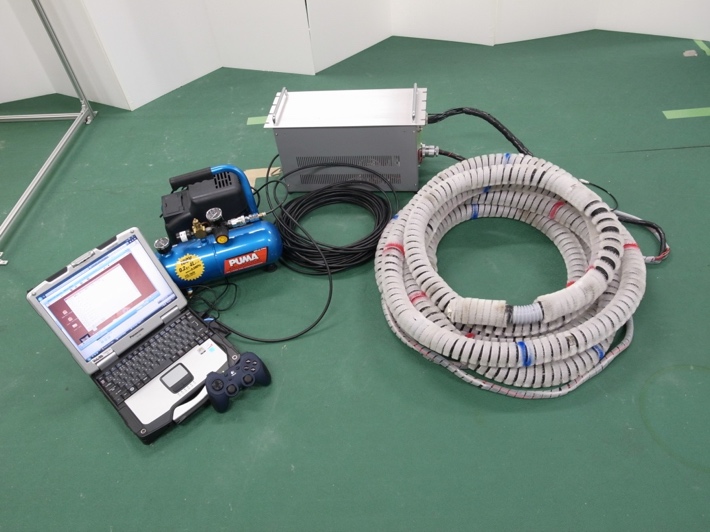The Active Scope Camera, “listening” for voices under quake debris
Wed, Jun 15, 2016-
Tags
Searching for survivors by detecting their voices
The dramatically enhanced Active Scope Camera now detects voices by reducing background noise with new technologies
A group of researchers succeeded in developing a new voice detection system for the Active Scope Camera. This is a serpentine robot which slithers through earthquake debris to find survivors. It “listens” for human voices using speech enhancement technologies, now based on improved algorithms.
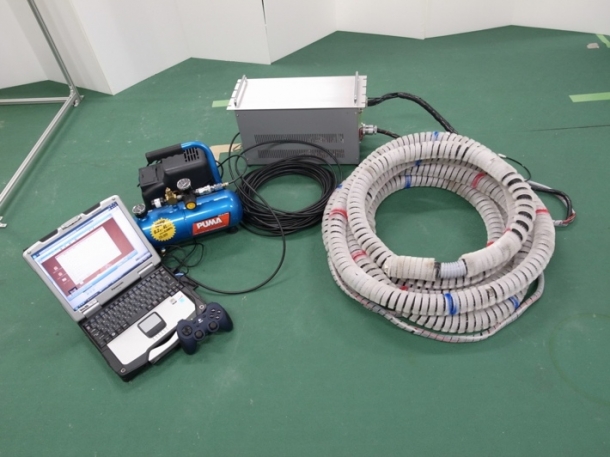
Active Scope Camera
Exemplified by the Kumamoto and Great Hanshin Earthquakes, Japan is susceptible to large-scale natural disasters and is in urgent need to develop new technologies for reducing risks during rescue efforts. Often times, people trapped under collapsed buildings and houses call out for help, but their voices are erased by background noise. In order to save these people, the Active Scope Camera was designed to detect human voices in earthquake sites and contribute to faster discovery. However, the background noise made during the robot’s operation and in circumstances of natural disasters hindered the robot’s microphones from picking up voices properly.
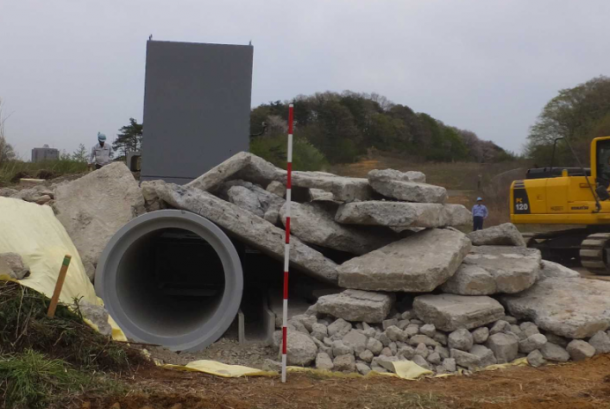
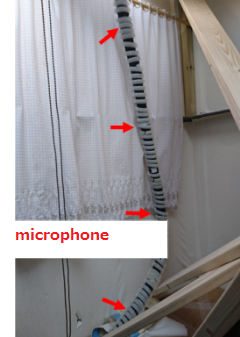
ultra-small microphones
To improve voice detection quality, the researchers was equipped multiple ultra-small microphones into the robot’s flexible tube body and developed speech enhancement technologies known as the variational Bayesian multi-channel robust non-negative matrix factorization (VB-MRNMF) and the independent vector analysis (IVA) + post filtering method based on new audio signal processing algorithms. The VB-MRNMF detects voices in real time, and the IVA + post filtering method allows for clearer audio regardless of background noise. After conducting field experiments on replicated wooden houses from the Kumamoto and Great Hanshin Earthquakes, the researchers reached a comparatively high level of quality.

Active Scope Camera in action during field experiment
Because of its potential to save a number of lives in extreme environments, the researchers will continue to progress in this field of rescue robot and rescue systems. Also, the researchers look forward to refining the robot’s mobility and audio detection capabilities.
This project is part of the Impulsing Paradigm Change through Disruptive Technologies Program (ImPACT)’s Tough Robotics Challenge (TRC), an initiative of the Council for Science, Technology and Innovation. The researchers in the project include: Professor Satoshi Tadokoro (Program Manager) and Associate Professor Masashi Konyo of Tohoku University, Professor Hiroshi Okuno of Waseda University, Assistant Professor Katsutoshi Itoyama and Research Fellow Yoshiaki Bando of Kyoto University, Professor Hiroshi Saruwatari of the University of Tokyo, Professor Shoji Makino of the University of Tsukuba, and Associate Professor Nobutaka Ono of the National Institute of Informatics.
Related Video
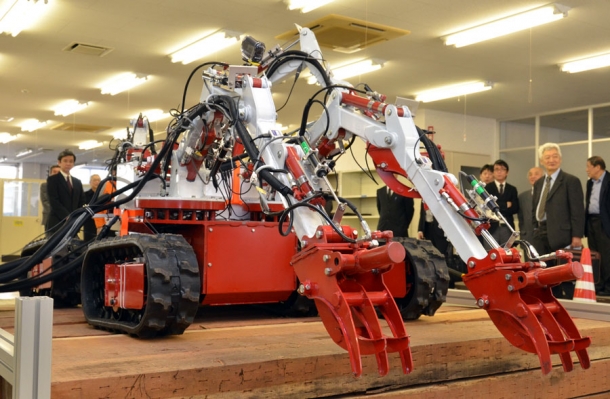
Octopus
A remote controlled four-armed, four-wheeled crawler robot designed to clear rubble and save lives in areas with complex terrain designated no-go zone during the nuclear disaster crisis. Read the full article here
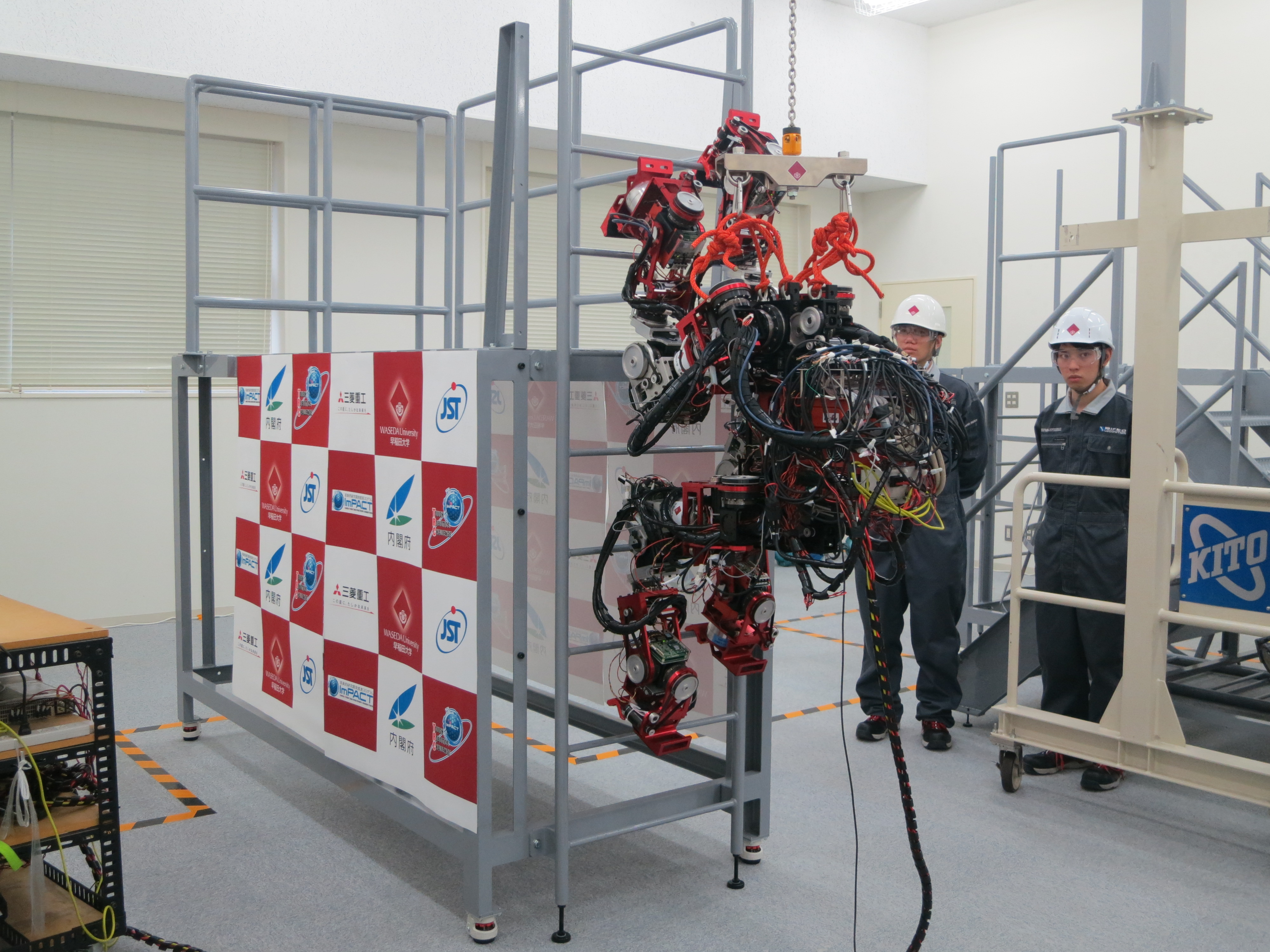
Ladder-climbing robot
The goal of this bipedal robot is to function autonomously during large-scale natural disasters and assist building safety inspections in places such as power plants for disaster prevention.Read the full article here


